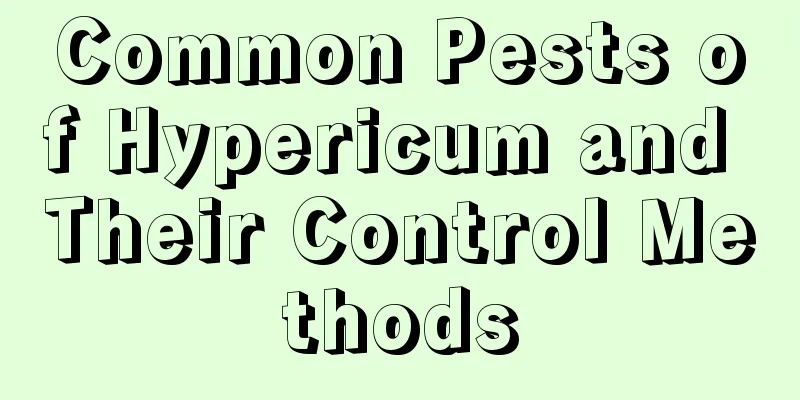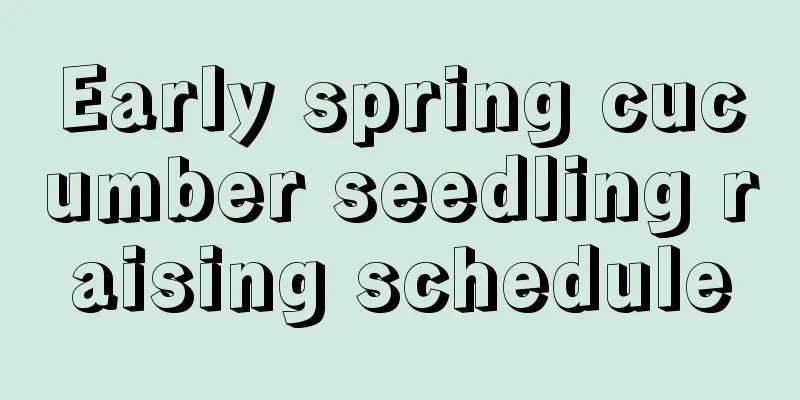Common Pests of Hypericum and Their Control Methods

Common Pests of Hypericum: AphidsPest symptomsAphids, also known as honey bugs and sticky insects, mostly belong to the Aphididae family of the order Homoptera. They are pests with piercing-sucking mouthparts. They often gather on leaves, tender stems, flower buds, terminal buds and other parts, sucking sap, causing the leaves to shrink, curl, and become deformed. In severe cases, they cause the branches and leaves to wither or even the death of the entire plant. The honeydew secreted by aphids can also induce sooty mold disease, viral diseases and attract damage from ants. Prevention and treatment methodsDuring winter and summer pruning, remove affected branches or dry and curled leaves to eliminate some overwintering eggs and insect sources; in winter or before budding in early spring, spray 5% engine oil emulsion or 5% diesel emulsion to kill overwintering eggs; in the early stage of the outbreak from April to May, spray 1000-1500 times diluted 40% oxydemeton-methyl emulsifiable concentrate, 2000 times diluted 20% cypermethrin emulsifiable concentrate, 1500 times diluted 50% methyl parathion emulsifiable concentrate or 3000 times diluted 2.5% diazinon emulsifiable concentrate; 2-3 times can control the situation; in May and June, when the damage is at its peak, apply 10-20 times diluted 40% oxydemeton-methyl, long-acting phosphorus and other hygroscopic insecticide oils on the trunks or soak the roots for prevention and control, which has a good effect. Common Pests of Hypericum: LeafminerPest symptomsThe larvae burrow into the new shoots and tender leaves of the plant, forming tortuous tunnels in the disaster layer of the upper and lower epidermis, which prevents the entire new shoots and leaves from stretching and makes them easy to fall off. In severe cases, all the autumn shoots can turn yellow. Occurrence pattern: About 10 generations can occur a year, and the pupae and larvae overwinter on the damaged leaves. The larvae begin to cause damage from late April to early May every year, with the peak period from July to September, when the damage is also severe. The occurrence is the least after October. Most of them bore into the leaf margins, where they spin silk to make thin cocoons and pupate, often causing the leaf edges to curl up. Prevention and treatment methodsCut off the diseased leaves and spray with carbendazim. |
<<: Evening primrose pests and diseases and their control methods
>>: Pests of Dianthus and their control methods
Recommend
The art of flower arrangement of baby's breath
Fashionable and versatile The leaves of baby'...
Diseases and Pests of Asparagus and Their Control
Pests of Asparagus cochinchinensis and their cont...
Rose grafting method
The best time to graft roses is in spring and aut...
How to grow bright silk grass
1. Breeding environment 1. Soil: Bright silk gras...
When is the best time to grow sweet potato seedlings?
Yam, also known as sweet potato, sweet potato, an...
How to grow mint flowers
1. Breeding environment 1. Light: It is a very li...
How to prune elm trees to make them look good, pruning methods for large and small elm trees
1. How to trim 1. Determine the shape: Before pru...
Is the perfume lily a shade or sun-loving plant?
Does the fragrant lily prefer shade or sun? Lily ...
How to propagate chrysanthemums by cuttings
When propagating chrysanthemums by cuttings, the ...
Is it good Feng Shui to keep water bamboo at home?
Placement Entrance Water bamboo is a kind of aqua...
How many days does it take for garlic to sprout?
Garlic is widely distributed in China, and its so...
Can I plant osmanthus trees on the balcony?
Can I plant osmanthus trees on the balcony? Osman...
When is the best season to plant jackfruit?
Jackfruit planting season and time Common varieti...
The growth environment and characteristics of Bougainvillea
Bougainvillea growth environment conditions and r...
How and when to plant lettuce
Time and month for planting lettuce Lettuce is su...









